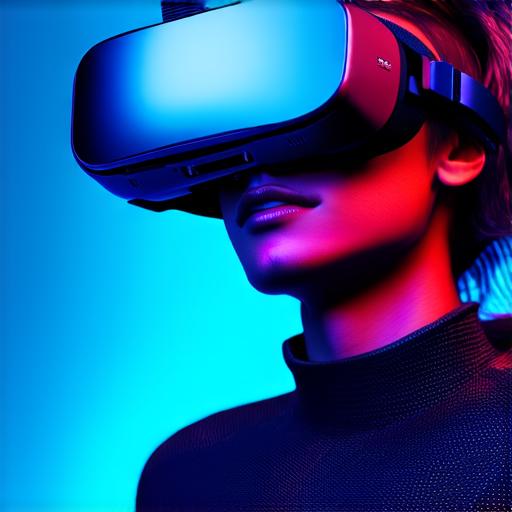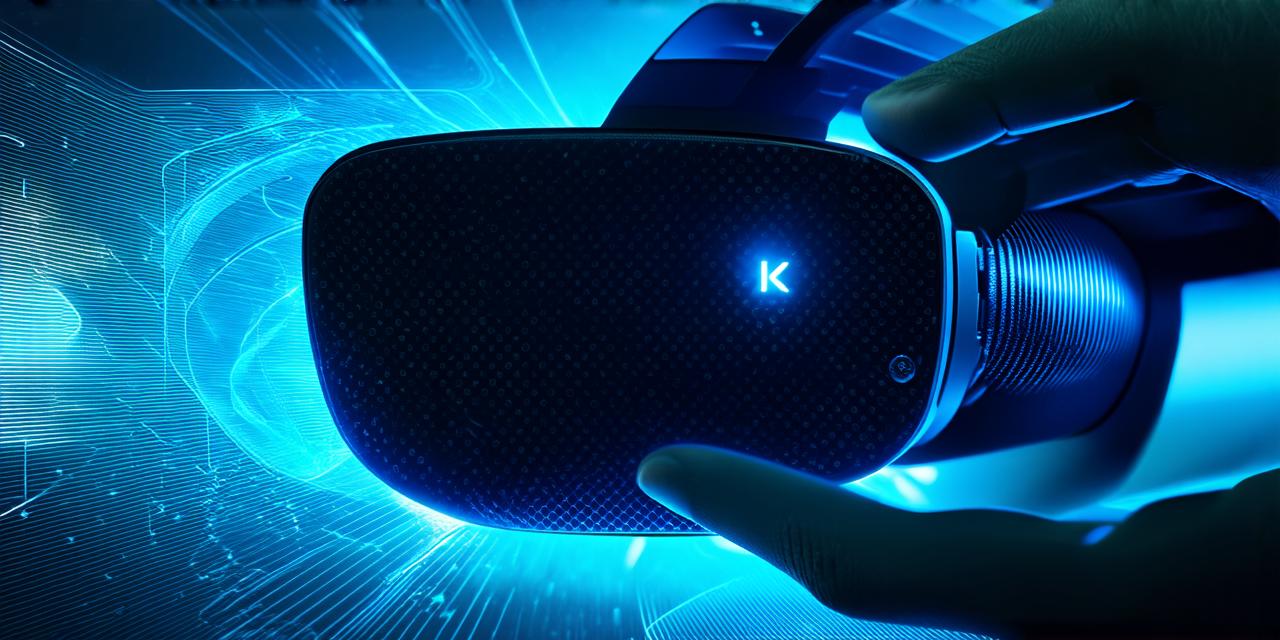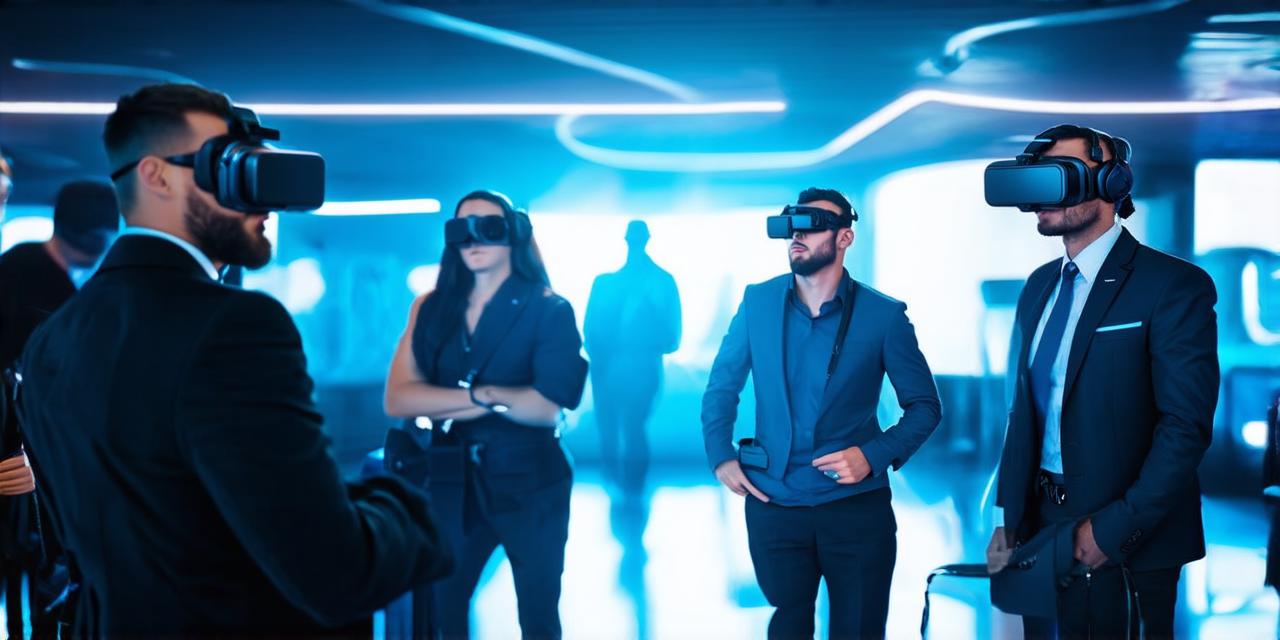
Virtual reality (VR) technology has come a long way since its inception, and it is becoming increasingly popular in various industries. AR developers are particularly interested in virtual reality because it provides an immersive experience that can be used to create interactive applications for gaming, education, and training purposes.
Hardware Costs
The first thing to consider when determining the cost of VR technology is the hardware required to build a virtual reality system. There are several different types of VR hardware available, ranging from low-end devices like smartphones and tablets with built-in sensors to high-end systems that require specialized components.
One of the most popular VR systems on the market is the Oculus Rift, which costs around $400 for a basic kit. However, this does not include additional peripherals like controllers or sensors, which can add another $50 to $100 to the total cost of the system. If you need more advanced VR hardware like the HTC Vive Pro, the cost can range from $800 to $1200 depending on the specifications.
Software Costs
Another factor that affects the cost of VR technology is the software required to build and run virtual reality applications. There are several different types of VR software available, including game engines like Unity and Unreal Engine, as well as specialized tools for creating educational and training content.
The cost of VR software varies depending on the specific tool you need. For example, Unity is a popular game engine that can be used for VR development, and it has both free and paid versions available. The free version is suitable for small projects, while the paid version offers more advanced features like real-time rendering and support for augmented reality (AR).
Development Costs
The cost of virtual reality technology also includes the development costs associated with building and deploying VR applications. This can include everything from designing the user interface to programming the application logic and optimizing it for performance.
Development costs can vary depending on the complexity of the project, the size of your team, and the duration of the project. For example, small projects with a single developer, development costs can range from $50,000 to $100,000. However, larger projects with multiple developers and more advanced technology requirements can cost significantly more.
Maintenance Costs
Finally, the cost of VR technology includes ongoing maintenance and support costs. This can include everything from fixing bugs and updating software to providing technical support to users and managing hardware upgrades and replacements.
Maintenance costs can vary depending on the complexity of the project and the size of your team. For example, small projects with a single developer, maintenance costs can range from $5,000 to $10,000 per year. However, larger projects with multiple developers and more advanced technology requirements can cost significantly more.
Real-Life Examples
Now that we have discussed the different factors that affect the cost of VR technology let’s take a look at some real-life examples to help illustrate how these costs can impact your project’s budget.
One example is a virtual reality training program for a manufacturing company. The company wants to create an immersive training experience that allows employees to practice their skills in a safe and controlled environment. To achieve this, they need to purchase VR hardware and software, hire developers to build the application, and provide ongoing maintenance and support.
Assuming the company purchases basic VR hardware like the Oculus Rift and uses free versions of Unity or another game engine, the total cost of the project could be around $50,000 to $100,000, including development costs.




